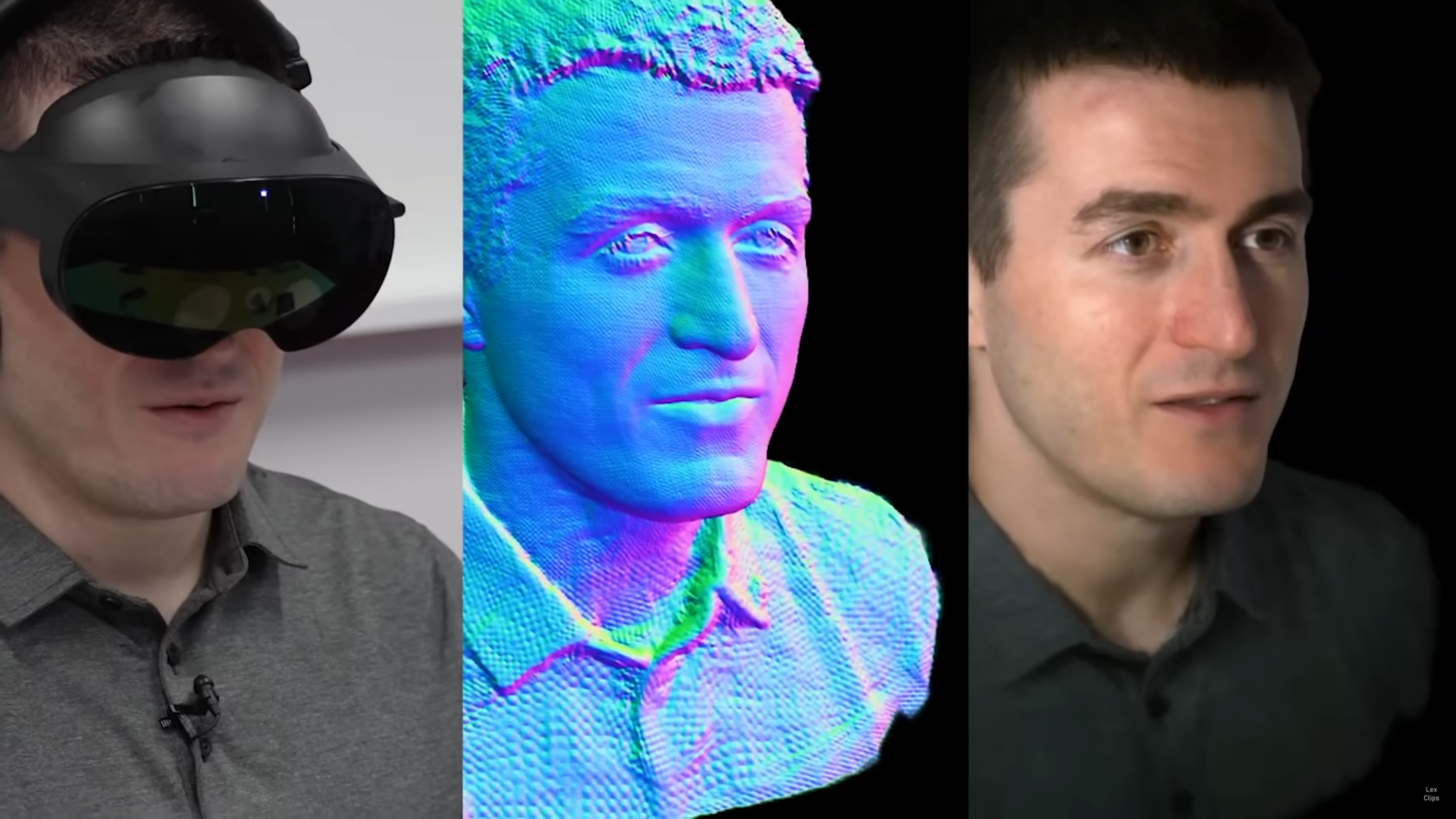

Facebook has officially changed its name to ‘Meta Platforms’.
Just as with its creation, Facebook has influenced global society. How important is this change?
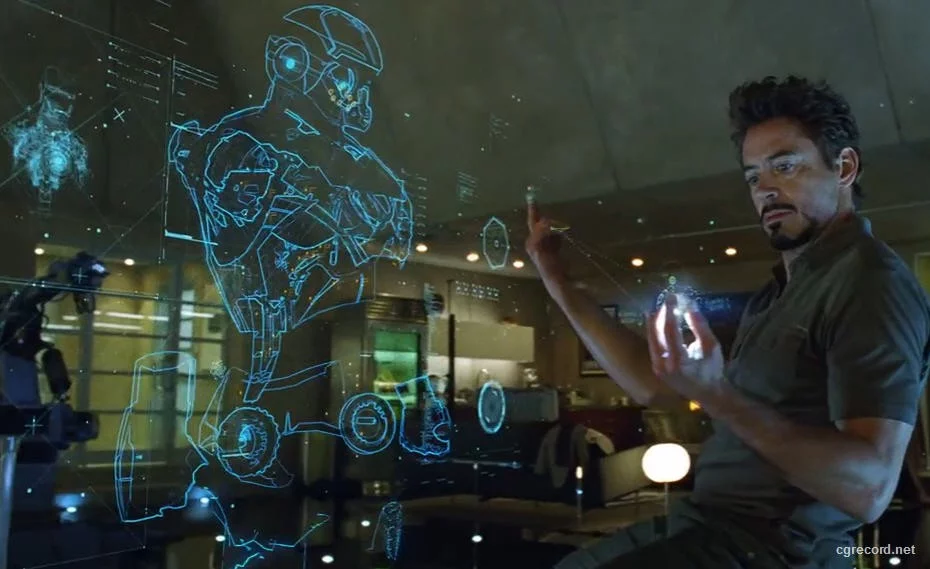
Image #1 Tony Stark creating the Iron Man suit
A fundamental change took place in December this year, when the stock ticker FB changed to MVRS.
Metaverse Facebook
Less has changed for the operation of the company. Facebook, WhatsApp, TikTok and other subgroups of Meta Platforms are further under one umbrella. This time, however, the patronage is not Facebook, but Meta Platforms. So Facebook remained Facebook. With this move, Mark Zuckerberg proved that Facebook has the power to change the world. Meta in Greek means “more comprehensive” or “exceeding”. Among many other things, the company’s name change announced the creation of the virtual Metaverse.
In 2023, we received incredible news. RayBan smart glasses in collaboration with Meta.
You can enjoy the resulting product here.
These are virtual worlds that offer space for anything. We can talk about virtual worlds completely unrelated to our everyday reality, but also about realities “overlapping” our world, just as a kind of overlay. In English, the term Augmented Reality (hereinafter referred to as AR) is used, i.e. augmented reality. You may already know it from the IKEA app, where the customer can look into his living room on his smartphone and place and try on interior accessories in various ways. Or even the PokemonGo game uses the AR principle. The player looks at the external world through the camera of the mobile phone and an overlay of the virtual world with Pokémon will be displayed in real places. We thus work with augmented everyday reality.
It’s really unbelievable where the technology stands today.
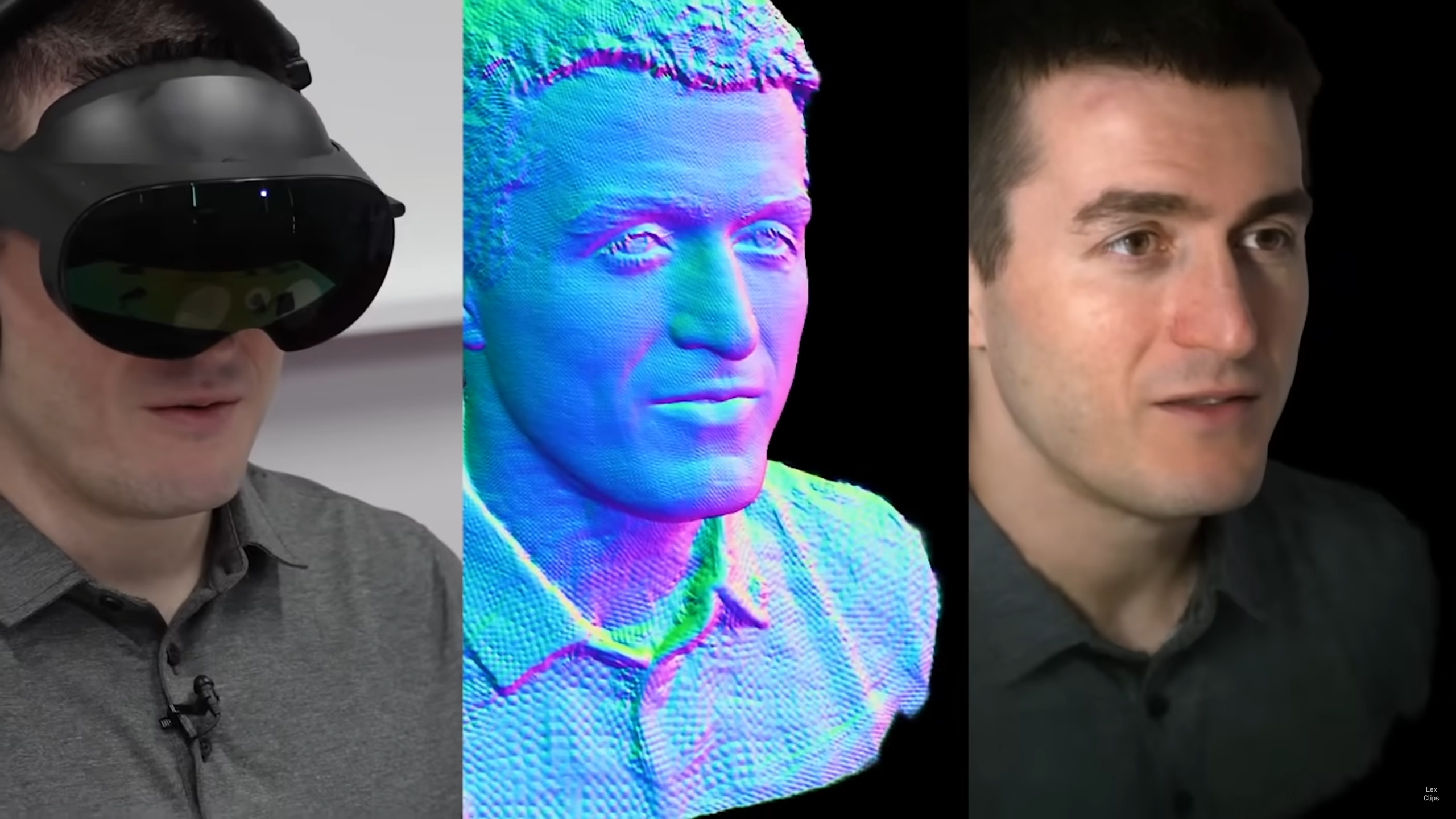
The future vision of the Metaverse is incredibly long-term, and it’s expected to take a few more years for these worlds to be optimized and developed to a visually interesting level. Currently, the detail of the Metaverse worlds collapses on the amount of geometry, data speed and texture quality. Just imagine it. In order to go through the Metaverse, a person must enter the world on some device. Ideally with the use of VR glasses. For example, the popular Oculus Quest 2 VR glasses have a QHD (1832 × 1920 px) resolution for one eye, which times 2 means a lot of pixels, which the computer’s graphics card must constantly update. At a frequency of 90 hz, this means that every second the display only has to count 1832 x 1920 x 2 x 90 pixels (a total of 633,139,200 individual points, or pixels, which is a lot of data in itself). Despite the fact that the computer has to process the behavior of light in 3D space, the reflectivity of textures and materials, the movement of bodies, the intersections of bodies, and of course do all of this on data downloaded in real-time from the Internet.
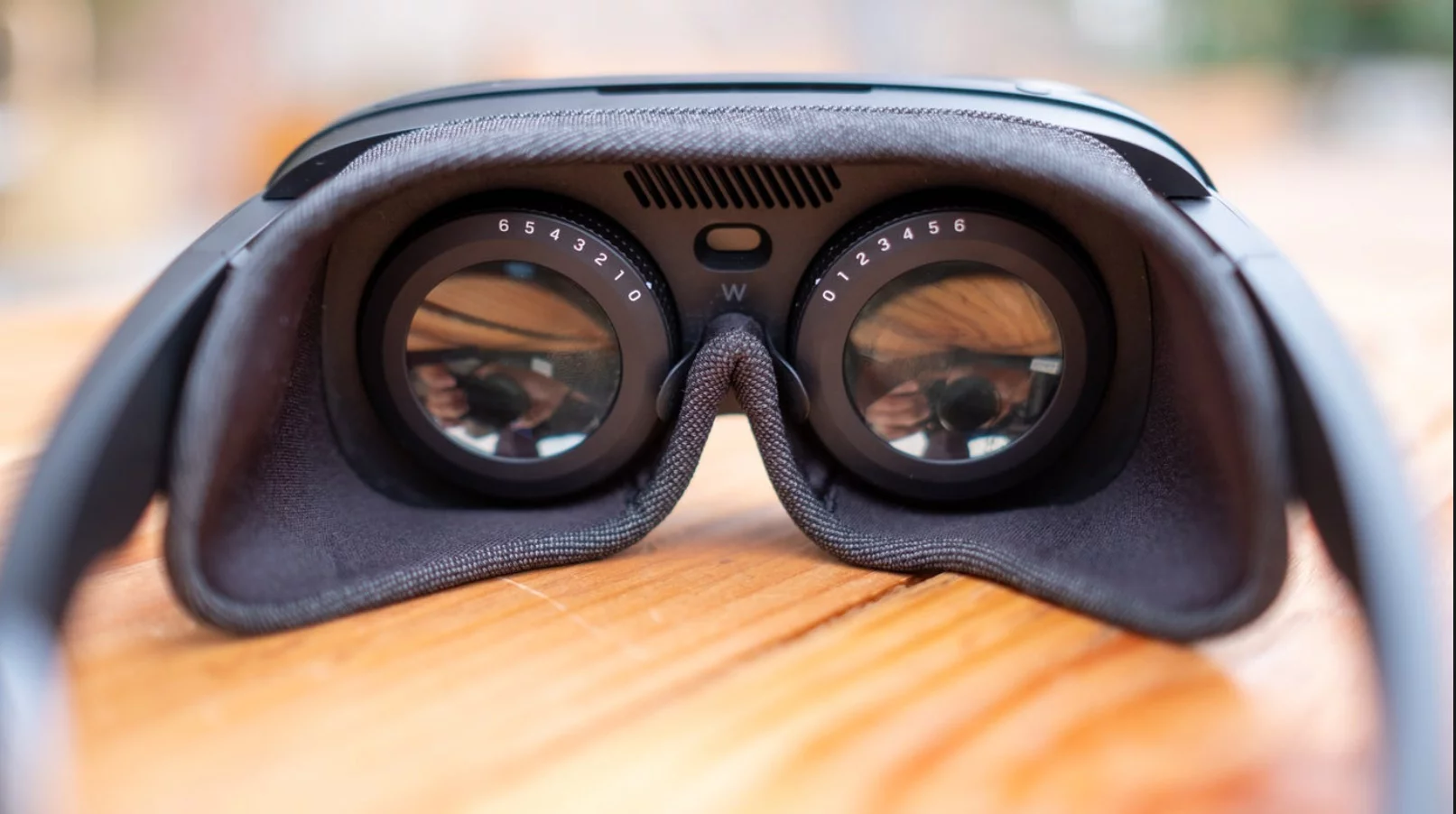
Image #2 VR glasses
This is the main limit at the moment, which does not allow excessive resolution of details in large virtual realities. The speed of data transfer and its subsequent processing. It limits us in two ways. First, the device that processes the data must be physically large. Second – the displayed scenes are often very optimized, low-poly and more like a computer game from ten years ago.
It will probably take some time before we manage to develop elegant glasses that are the same volume as prescription glasses and at the same time allow AR to overlay the reality around us.
https://www.cnet.com/tech/computing/vr-and-ar-looked-to-the-metaverse-at-ces-2022/
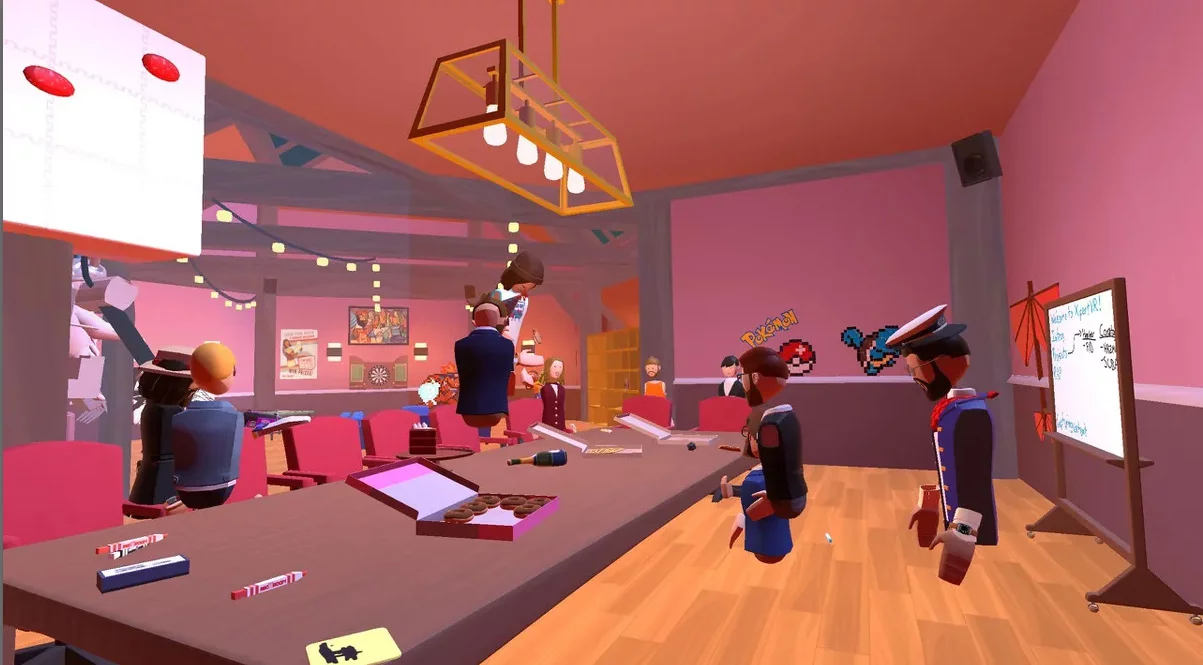
Image #3: Metaverse meeting
Likewise, it will be a while before I run through some complex landscape, digital nature scene, or interior at a realistically perfect level in the Metaverse.
Today, we achieve such qualities primarily with static visualizations. We are also approaching this in sophisticated offline games. However, anything online slightly falters in quality in order to optimize the data as much as possible.
In the future, however, it will probably become common for people to meet through Metaverse worlds at a virtual meeting, in a digital coworking center on the seashore, or to do some common activity together. In this way, a “holographic” friend will walk through our apartments, who will see through his glasses our apartment, where he is with us, and so on. There is room for imagination in this industry for decades of work by many professions, which is why the term Metaverse is becoming popular so quickly. A large number think that there is a great scope for investment in both virtual land and many job opportunities and space for 3D modeling, 3D scanning and architects.
https://arvrjourney.com/metaverse-the-future-or-just-another-gimmick-a4c77e7d177e
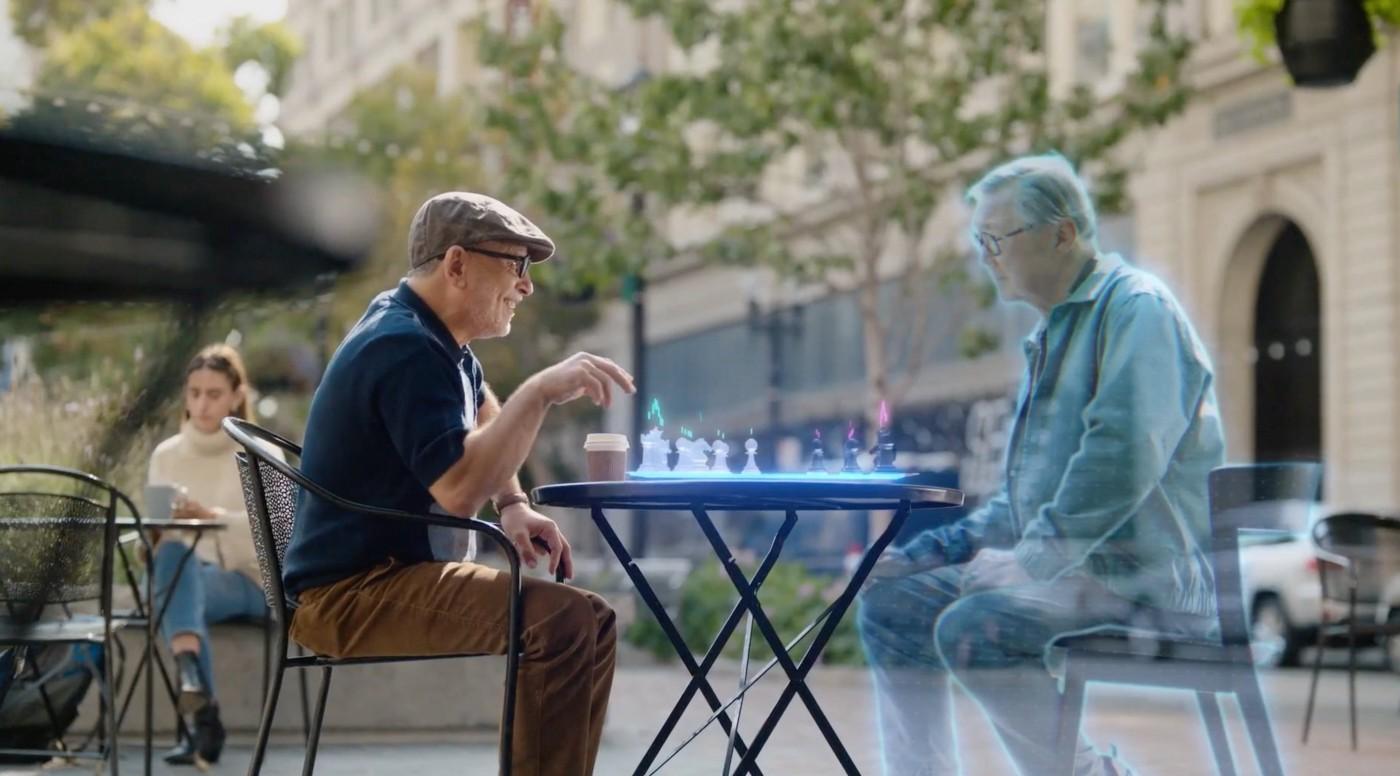
Image #4: Holographic chess with a holographic opponent in the metaverse
At the MA Studio, we are therefore starting to engage in this direction lightly. It is likely that we are at the beginning of something big. Something that in a few decades will look like the beginnings of the Internet look to us today. No one can say for sure. All that remains is to try and believe that this direction is correct.
Metaverse from an architectural perspective
It is interesting what perspective the future gives us.
If we take into account the optimization of processes, data flows and hardware, it will really put us in situations where today’s everyday reality will be supplemented with new parts. As in the past man.
if he couldn’t look at his mobile phone thousands of times a day, in the future, the ordinary observer will probably encounter digital shop windows, interactive clothes trying on or additional information, for example, behind the wheel of a car. Shop windows, where information about discounts and events in the store will change, applications that will help you choose clothes over the Internet… The windshield is offered for virtual accessories, such as speed indicators, weather, navigation or an interactive display directly on the dashboard. From an architectural point of view, it is interesting how this would theoretically affect the public space as such. Will normal movement around the city become easier and orientation in a foreign environment easier?
Video #1: Designs in the Metaverse
Interactive whiteboards, expanded walls of buildings with visual information, places reserved for 3D conversations, AR applications offering expanded information about monuments, places and the city as such.
Otherwise, the public space will be more confused, flickering and changeable.
Are these options an ideal solution to social isolation, for example during crises like Covid?
In extreme cases, virtual worlds will certainly be attractive even for human vices, it won’t be long before pornography takes on a new dimension.
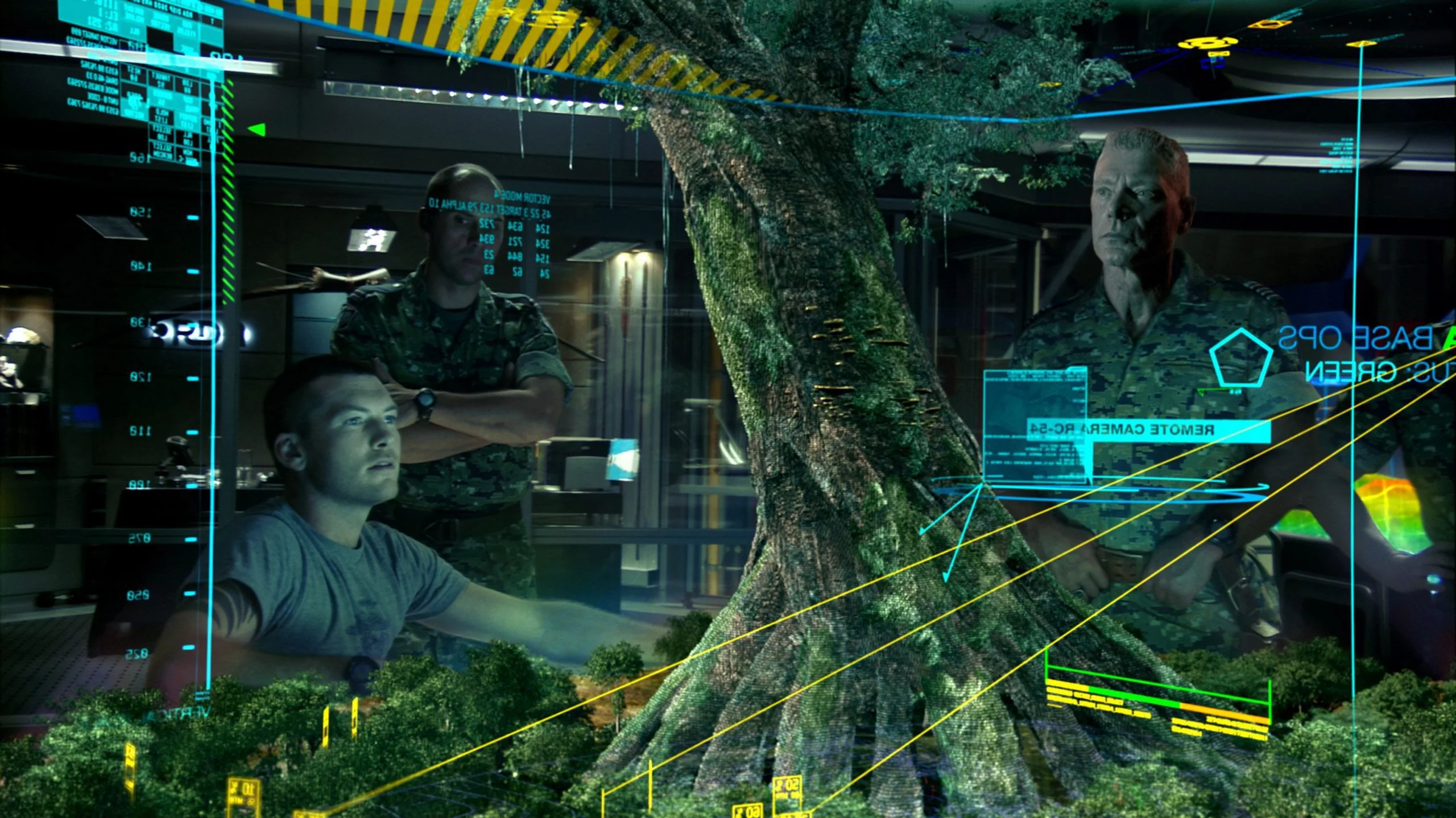
Figure 5: Avatar, the use of AR in military navigation
It is clear that these newly accentuated options will take us one step further.
There will be plenty of room for human development, greater connectivity and a virtual dimension as such. Instead of “on Facebook” our thinking will sail “to the beach” in 3D glasses. Conferences in virtual rooms take on a real dimension. They will not only be for a narrow group of people, an institution or a corporation, they will be available to the general public, globally. Many borders will disappear, but many new ones will appear.
There is a lot of room for argument and a lot of thinking. Compared to the future on Mars or other visionary plans of humanity, in this case we are getting much closer to today. It’s already really happening and it won’t be long before virtual realities become an everyday reality.